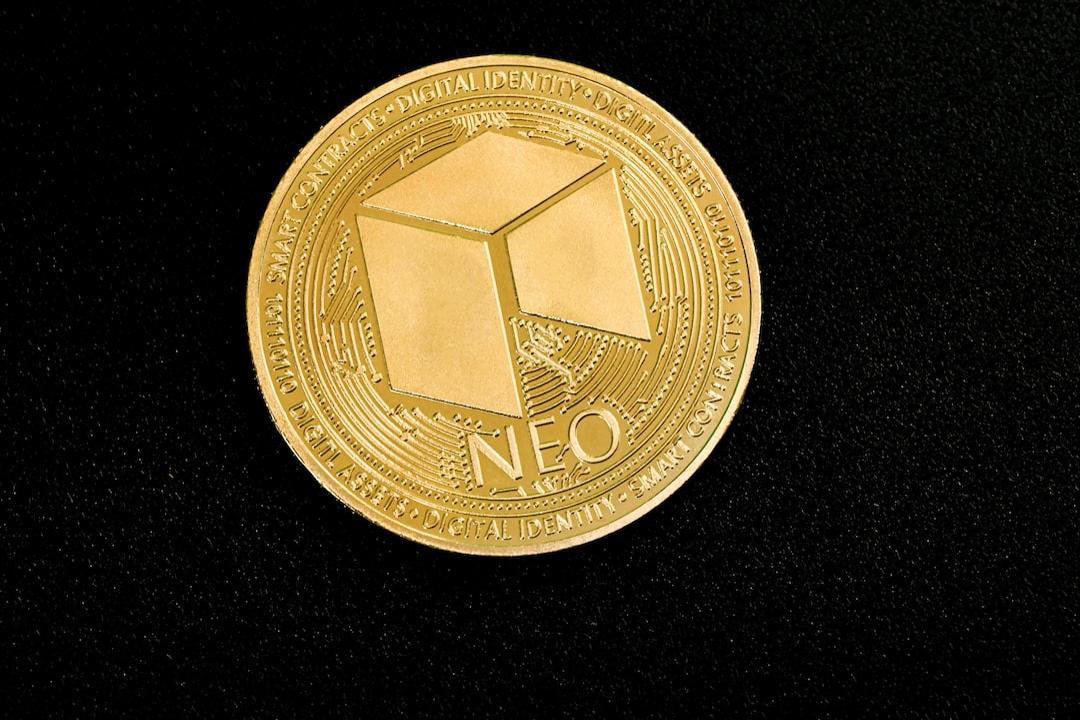Notable Trader Pickle Cat Discusses Trading as a Worse Addiction than Drugs
Notable trader Pickle Cat recently posted on Twitter, discussing how trading is essentially a form of addiction that is worse than drug addiction, as society does not encourage drug use but does encourage trading. The article explores why trading should be defined as an addictive behavior and how to systematically overcome this behavior. She points out that the key to long-term recovery from addiction is not willpower, but maintaining awareness. With just two simple steps, one can eliminate 80% of bad trades.
Trading: An Addictive Behavior Worse than Drugs
Pickle Cat asserts that one must first recognize that trading is akin to an addiction, even worse than drugs, because society applauds your actions. Just like when you overdose on drugs, people might urge you to seek rehabilitation. However, when your account is liquidated, others might say, “It’s okay, just take a small position to regain your touch!”
She questions whether this merely encourages the victim to reduce their doses, which is not self-discipline, but rather fosters a relapse. This is akin to someone patting you on the shoulder right after you quit drugs and saying, “Come on, just a little more won’t hurt.”
As for why trading resembles drug addiction, addicts often say, “After this incident, I won’t touch it again.” Traders also frequently claim, “After this liquidation, I will never revenge trade again.” Yet two hours later, you find yourself curled up on the couch shorting Ethereum, thinking, “Just one last time, I can make it back, I swear.” You are in pain, and impulsive trading becomes your morphine. Even worse, others are still applauding.
When you lose your money, they say you have ambition. When your trading spirals out of control, they say you are managing volatility. When you struggle like a gambler, they call it unwavering belief.
What is happening in your brain at this moment? You keep thinking, as it starts to drop: “If I hold on a little longer, I could buy a house now.” When it crashes: “Just hold on a bit, it will bounce back.” Eventually, you think: “I sold too early again. Next time, I will hold on no matter what.” And the cycle repeats.
This is the core cycle of addiction: anticipation → trigger → action → regret → vow to change → relapse. Pickle Cat points out that this is exactly like drug addiction, except you are using candlestick charts.
Systematically Addressing Trading Addiction: Awareness Over Willpower, Acknowledging Your Addiction
Pickle Cat recommends employing the twelve-step mechanism used by addicts to quit their habits. This is the method used by the world’s largest addiction recovery organizations (for alcohol, drugs, etc.). It has helped millions globally escape self-destruction, not through motivational quotes, but through a simple yet deadly effective framework.
By simply completing the first and second steps, one can stop 80% of the worst trading mishaps.
Step 1: Acknowledge that you are powerless over your bad habits. This is not a motivational quote; it is your brain’s executive function failing. Reason shuts down, and only survival instincts remain. You know you are making bad trades, but you cannot control yourself. Refusing to admit mistakes and doubling down on positions leads to immediate crashes (you have already taken the wrong first step, and you are still unaware). You average down and move your stop-loss lower. You refuse to close your positions because your ego tells you: “Cutting losses equals admitting failure equals death.” This is the fear of self-destruction.
Addicts also often say, “I’m fine, I can control it.” The truth is: you cannot control it.
Step 2: Accept that reason cannot save you; only a higher power can restore your clarity.
You think you can analyze your way out of fear, but you are mistaken. This is not about being smart; it is about surrendering. You need a higher power, which does not necessarily mean a deity. Rather, it is a framework that makes decisions for you when you lose control. You need to choose a trading strategy and strictly adhere to it for several months. No mid-course changes, no alterations while trading. Set clear punishment rules that are painful enough.
For example, when breaking the rules:
- Immediately transfer $10,000 to a friend (the author is happy to be that friend),
- Or immediately do 50 push-ups,
- Or post on X: “I am a revenge trader idiot.”
Just Two Steps to Eliminate 80% of Bad Trades
Pickle Cat states that although these are only two steps from the twelve-step program, thoroughly executing these two steps will directly eliminate 80% of bad trades. Why is this method effective? Because long-term recovery from addiction is fundamentally not about willpower but about maintaining awareness.
A person who has been sober for 30 years might say: “I have an illness that will never be cured; I can only manage it daily.” But someone who relapses after three months might say: “I’m fine now, I’ve quit.” Pickle Cat points out that trading is the same; the moment you think you have completely mastered trading, you have already begun to spiral out of control.
Society will tell you: “You are a genius. You are a killer. You are very ambitious.” No, you are just addicted.
Risk Warning
Investing in cryptocurrencies involves high risks, and their prices can be extremely volatile; you could lose all your capital. Please carefully assess the risks.

